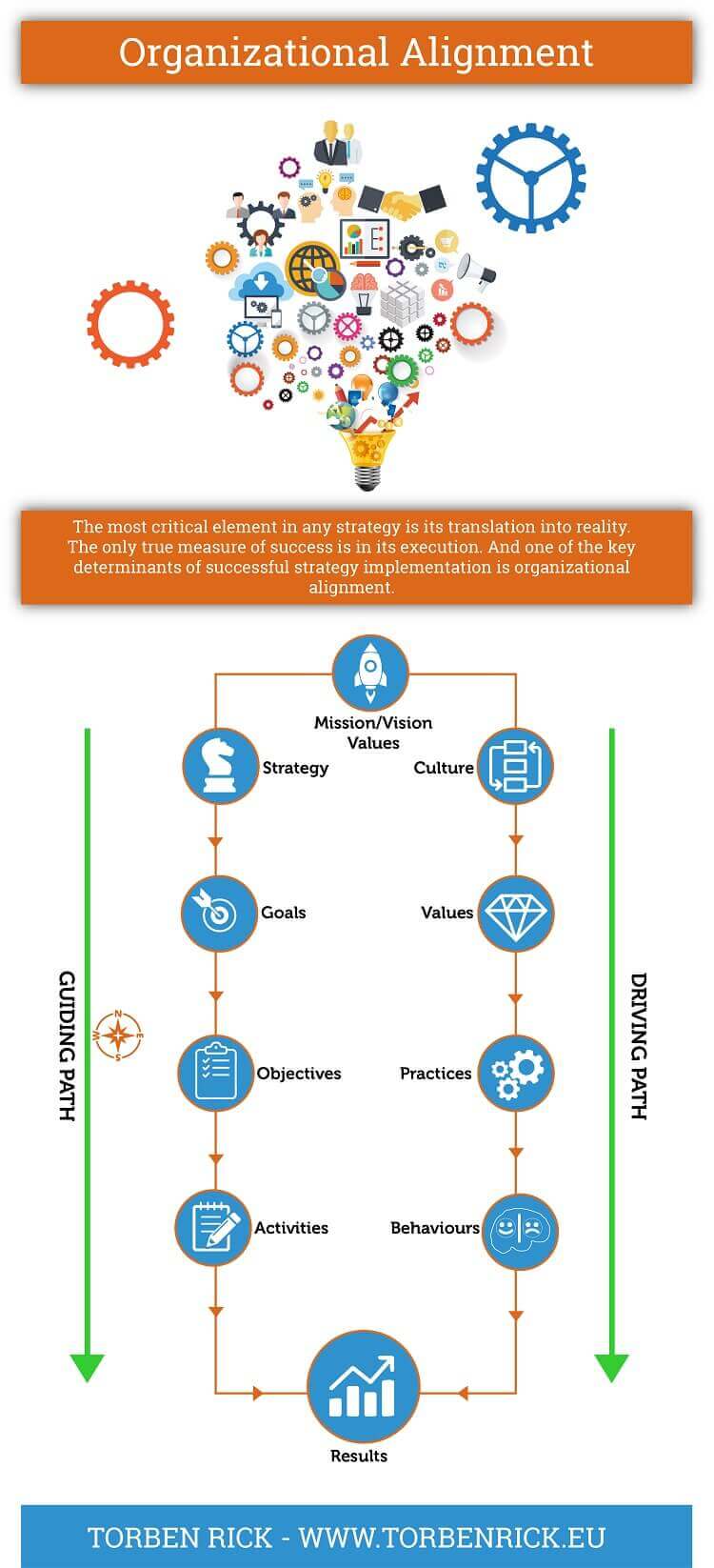Open and collaborative organizational culture is critical for managing the complexity of today’s business
The most important thing about culture is that it’s the only sustainable point of difference for any organization. Anyone can copy a strategy, but nobody can copy the culture.
The importance of organizational culture is undeniable as highlighted in an IBM survey. Some 75 percent of CEO’s identified the importance of developing a more open and collaborative culture as being critical for managing the complexity of business today.
To build its next-generation workforce, organisations have to actively recruit and hire employees who excel at working in open, team-based environments. At the same time, leaders must build and support practices to help employees thrive, such as encouraging the development of unconventional teams, promoting experiential learning techniques and empowering the use of high-value employee networks.
Creating a dynamic and collaborative organizational culture
This transparency means loosening some control – but many CEOs plan to correct for that with a renewed emphasis on company values. According to the report:
Openness puts a premium on corporate culture: As CEOs ratchet up the level of openness within their organizations, they are developing collaborative environments where employees are encouraged to speak up, exercise personal initiative, connect with fellow collaborators, and innovate. Equally important, CEOs recognize the need for organizational values and a clear sense of purpose to guide decisions and actions as some formal controls loosen.
The study indicates that those organizations that are becoming adept at change, able to access and use customer data and enable collaborative relationships with partners and employees outperform those that are lacking in these areas.

The focus on the importance of “culture” was also referenced in the annual innovation survey by Booz & Company. They found “spending more on R&D won’t drive results. The most crucial factors are strategic alignment and a culture that supports innovation.”
The elements that make up a truly innovative company are many: a focused innovation strategy, a winning overall business strategy, deep customer insight, great talent, and the right set of capabilities to achieve successful execution. More important than any of the individual elements, however, is the role played by corporate culture – the organization’s self-sustaining patterns of behaving, feeling, thinking, and believing – in tying them all together. Yet according to the results of this year’s Global Innovation 1000 study, only about half of all companies say their corporate culture robustly supports their innovation strategy.
Creating the right organizational alignment is not something that happens overnight. If not already started – better start today.
Short URL & title:
Developing a more open and collaborative organizational culture — https://www.torbenrick.eu/t/r/aby
Share it:
If you enjoyed this article, please take 5 seconds to share it on your social network. Thanks!








Hitting nail on the head
The culture has a decisive influence on behavior. The way other people can relate to, and comment on a given culture is by talking about how they perceive culture as being.
You can not manage processes – it is entirely possible to influence the processes through management of people.
Working with cultures, behavioral psychological work. It is essential that those responsible bar basic skills in working with people, basic skills in the aspects that influence human behavior. Both individuals and especially in cultures in teams and departments, and entire organizations. Surprisingly missing most managers skills in “people management”. This is disastrous, and huge resources are lost with bad management.
Culture = Identity & self-image are all about our perceptions of ourselves; the cultural
organizational self-image is all about the organization perception of itself.
Identity and self-image are the mental reason, permission and motivation for an individual or a organization/team/department to do what they do. One such as I, I do what I do – such as us, we do what we do. Identity & self-image have a decisive effect on behaviour, cooperation and processes.
The introductory steps to describing organizationel Identity & self-image
As inspiration for you can answer the following questions.
The questions must be answered in relation to your Vision, Mission & purpose.
● What would we like other people to say about the organization/team/department?
● What kind of organization/team/department are we/want we to be?
● How would we like others to describe the organization/team/department as being?
● What characteristics do we have as a organization/team/department?
● What “role” should we play as a organization/team/department?
Moving from hierarchical culture to collaborative culture in emerging markets is an ongoing challenge where the broader culture is based on rigid hierarchies. It can be done but requires total commitment from the top to listen to and empower frontline and junior staff. Then all levels need to move from a blame culture (shoot the messenger) to an environment of exposing issues and addressing them speedily.
Creativity cannot emerge from rigid hierarchies, also bad news does not travel upwards, problems remain hidden.
The broken window approach of zero tolerance applies but it is aimed at breaking down communication blockages at every level.